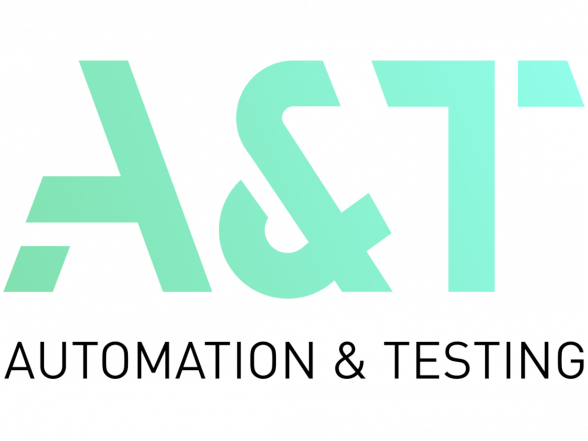Representatives from ISSP UL Laboratory of Prototyping of Electronic & Photonic Devices participated in the Biochemical Society Scientific Meeting “Organ-on-a-Chip: Current Gaps and Future Directions” on December 1-2 in Stevenage, UK.
As a part of CAMART2, ISSP prototyping lab members participated in a short talk conference and networking event on Organ-on-Chip (OOC) technologies hosted by GlaxoSmithKline entitled: \"Organ-on-a-Chip: Current Gaps and Future Directions\". During this event, ISSP members had a chance to exchange ideas with big pharmaceutical companies and research institutes on the future development of the OOC systems, gain useful contacts for pursuing further current projects related to this topic and verify the current research plan associated with this topic.
Furthermore, as a part of the same trip, KTH was visited, where the ISSP members were kindly hosted by Anna Herland and her group working on brain-on-chip systems. During three fruitful days, ISSP members were introduced to the research done by Herland lab, shown the facilities for chip fabrication and cell culturing. Furthermore, during the same visit discussion with two different groups in Karolinska Institute (Katajisto lab and Richter-Dahlfors lab) were carried out to discuss potential collaboration in the form of device fabrication for both groups, kindly organized by Caroline Dahl and Anna Herland, respectively. Finally, during the final day of the visit at KTH, ISSP members discussed the potential for collaboration in Europe-wide project calls together with A. Herland group.
Organ-on-a-Chip is a hot topic and one of the keenest interests to many scientists working in translational sciences. Whilst the technology is still in its infancy, Organ-on-a-Chip is expected to deliver game changing solutions and progressively increase our capacity to gain greater insight into mechanisms of human disease, toxicity and early efficacy assessment of new therapies. There are many Organ-on-a-Chip start-ups that have developed within academic institutions and are now attracting interest and financial investment. This conference reviewed where the current state of the art is, and where the bottle necks and future directions lay.



